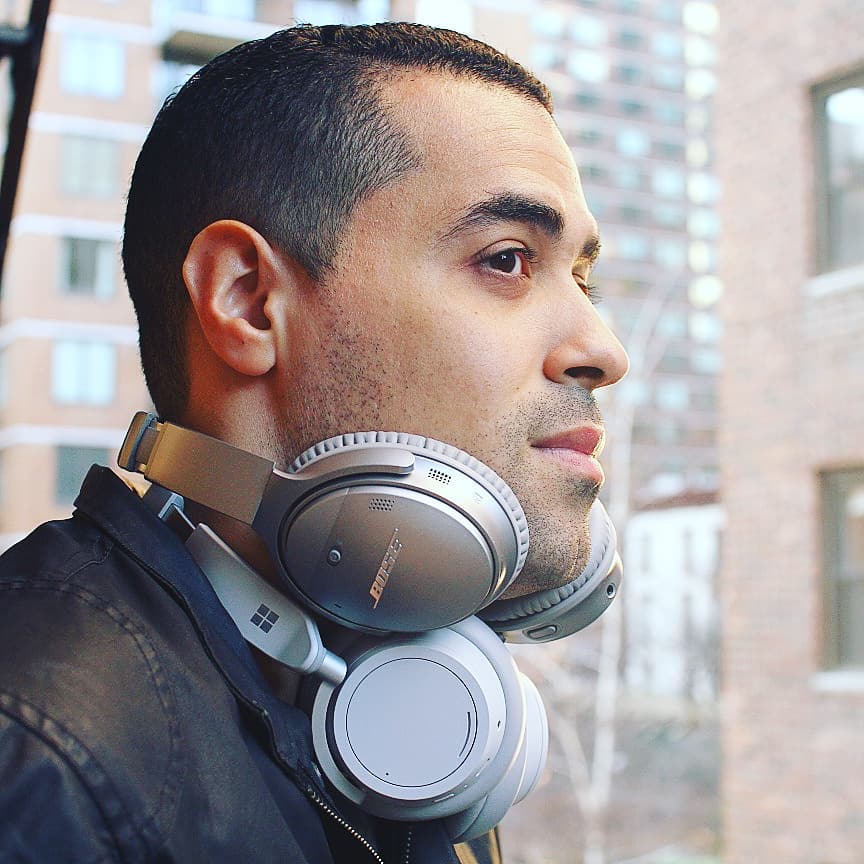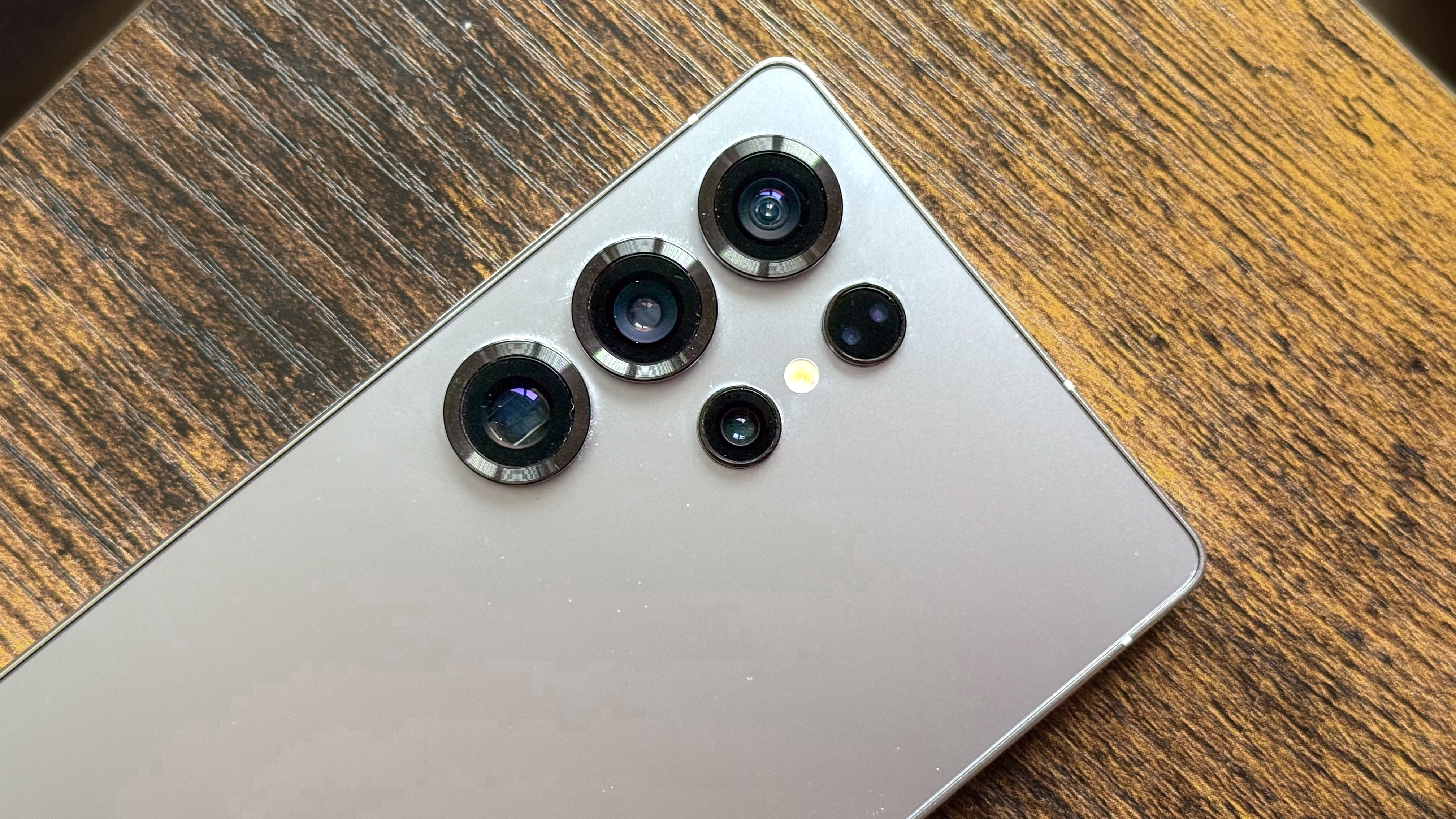How to make watching Halloween movies even more horrifying
Listening to a heavy-breathing Michael Myers on spatial audio headphones sounds even more terrifying
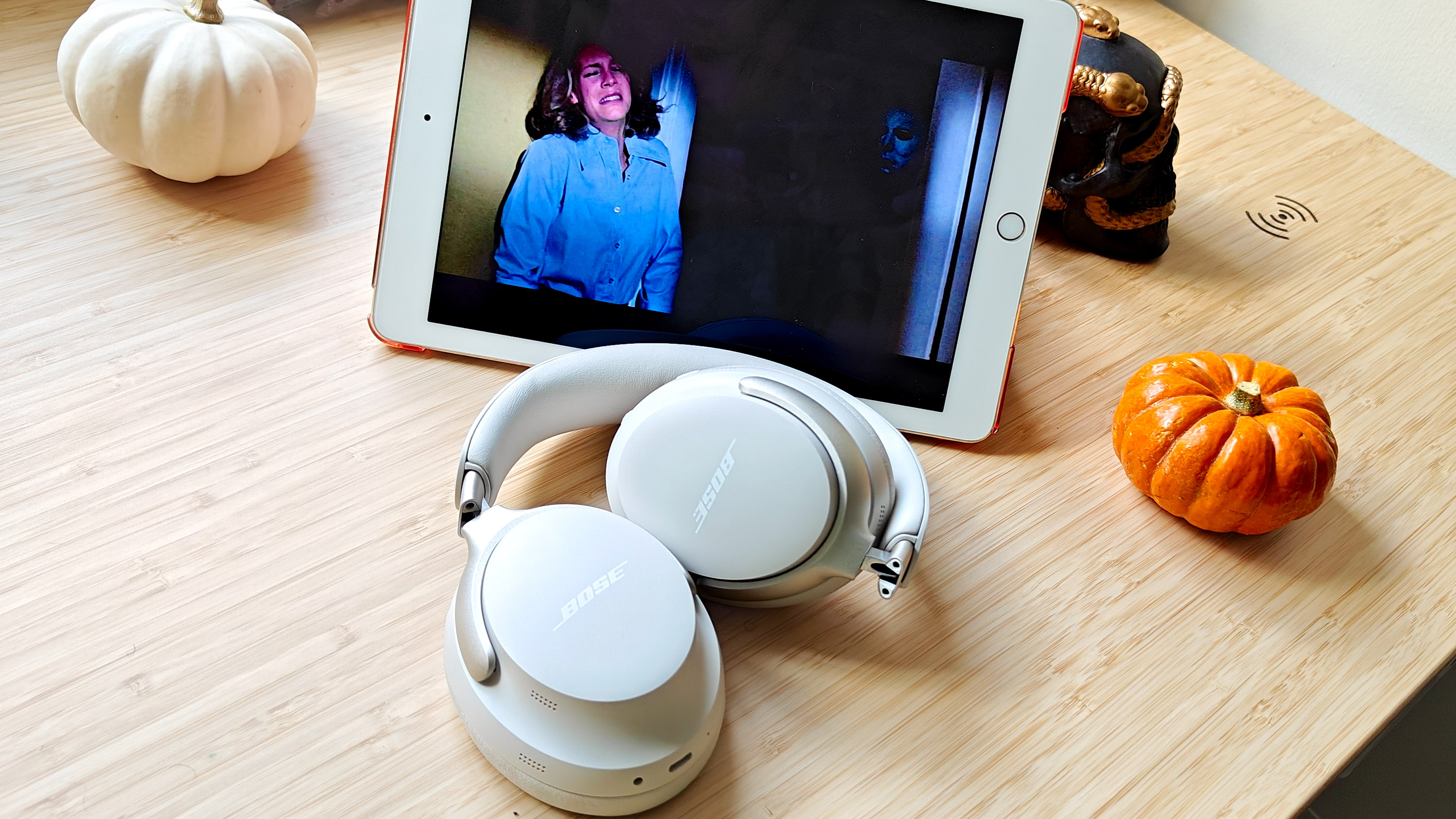
If you want to turn watching the best Halloween movies into a spine-chilling experience, then you need to hear them on a pair of the best headphones with immersive spatial audio.
If you've ever watched horror movies with headphones, you'll know that it’s not the cinematic surround sound experience that the best Dolby Atmos soundbars or an IMAX theater deliver. But it’s still a fun way to heighten the scares when indulging in monster, supernatural or slasher flicks, and using the best noise-canceling headphones with spatial audio will ramp up fright night thrills with a truly immersive experience.
This year, it’s been tough keeping up with my tradition of binge-watching horror classics and new releases throughout October. My wife isn’t fond of the film genre, so I’m usually left to watch alone in the living room at low volume, flanked between our bedroom and son’s bedroom. Not to mention my 2-year-old has ears like a bat and hears most noises outside of his door, even with the sound machine turned on.
Armed with the new Bose QuietComfort Ultra Headphones with Immersive Audio enabled and paired to my Apple TV 4K upped the fear factor thrills while engrossed in my favorite horror movies. Read on to find about my horrifying spatial audio experiences that changed watching my favorite Halloween movies forever.
Heightening atmospheric tension
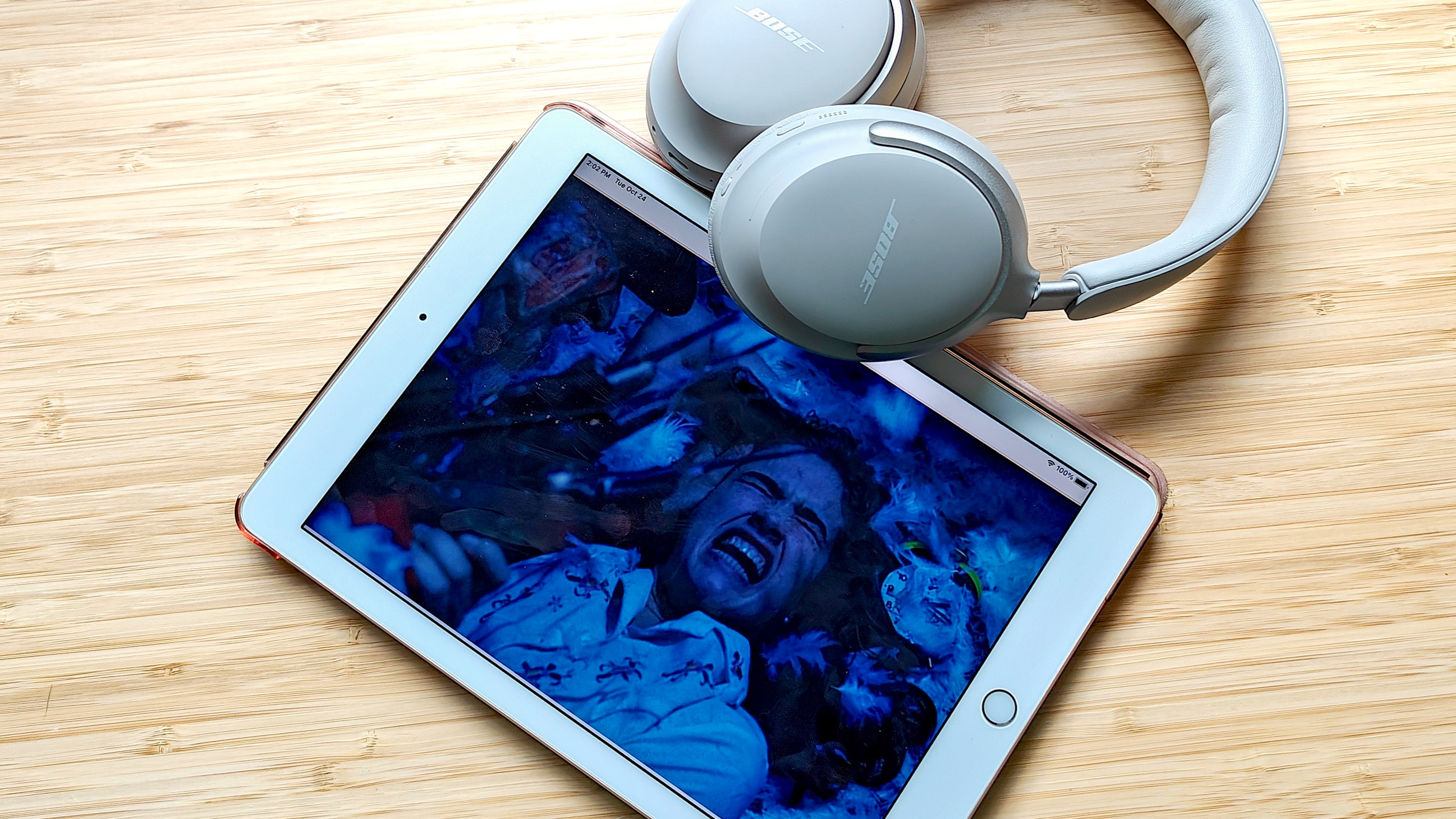
The setting in a horror movie is important. It not only adds to the atmosphere, but also primes scares and a sense of dread. Spatial audio did a fantastic job of immersing me within these environments.
Watching the Friday the 13th film series, I began to feel chills once the Jason Vorhees’ “ch ch ch ah ah ah" noises echoed crisply through the woods and transitioned smoothly between the left and right earcups (and vice versa). This effect was scarier with headtracking on; it felt like the hockey-masked killer was hovering above me at every turn.
My claustrophobic terrors reached an all-time high watching found-footage gems like As Above, So Below. Seeing young adults foolishly explore the catacombs beneath the streets of Paris already had me tense, but the buildup to hallucination sequences was more petrifying as ominous sounds travelled through the subterranean passageways, which Bose’s Immersive Audio reproduced beautifully. My heart rate accelerated during the film’s third act. Character panic-breathing while burrowing through narrow tunnels will do that, especially when it sounds like you’re squeezing through the same tiny spaces.
Horror scores sound more frightening
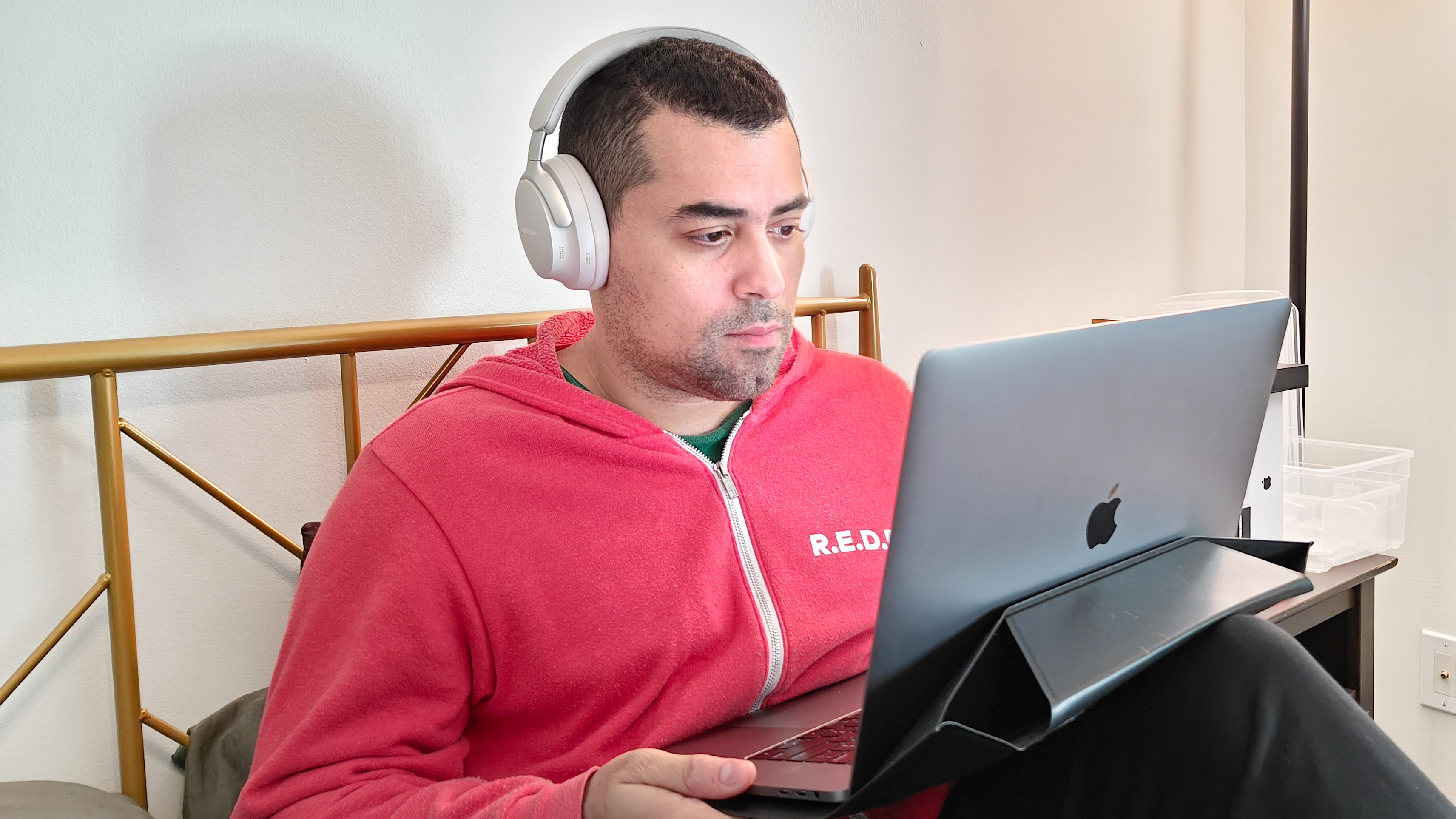
It’s amazing what a great synth score does to amplify scares. Pull up A Nightmare on Elm Street (1984) on any available streaming platform and hear for yourself. Charles Bernstein’s all-electronic soundtrack is masterfully composed and utilizes loud, eerie bass effects to progressively escalate nightmares. The main title track during the film’s ominous opening scene was an engrossing and terrifying revisit, thanks to powerful reverberation. Every synth chord overwhelmed my eardrum, then slowly diminished before a jump scare entered the frame. Even the well-hidden falsetto added an extra layer of spookiness to what’s already a disturbing dreamscape filled with common scare effects ranging from echoed laughter to heavy breathing to knives scratching against steel pipes.
The Lost Boys’ rock-heavy soundtrack was a fun listen throughout the film, though it was the atmospheric sound effects sprinkled throughout the score that built up the suspense. Typical nighttime noises like crickets and gusty winds sounded more natural. However, it was the bat-flapping and soaring effects that occurred before victim encounters that made it seem like a vampire snatched me into the skies.
Intensified jump scares
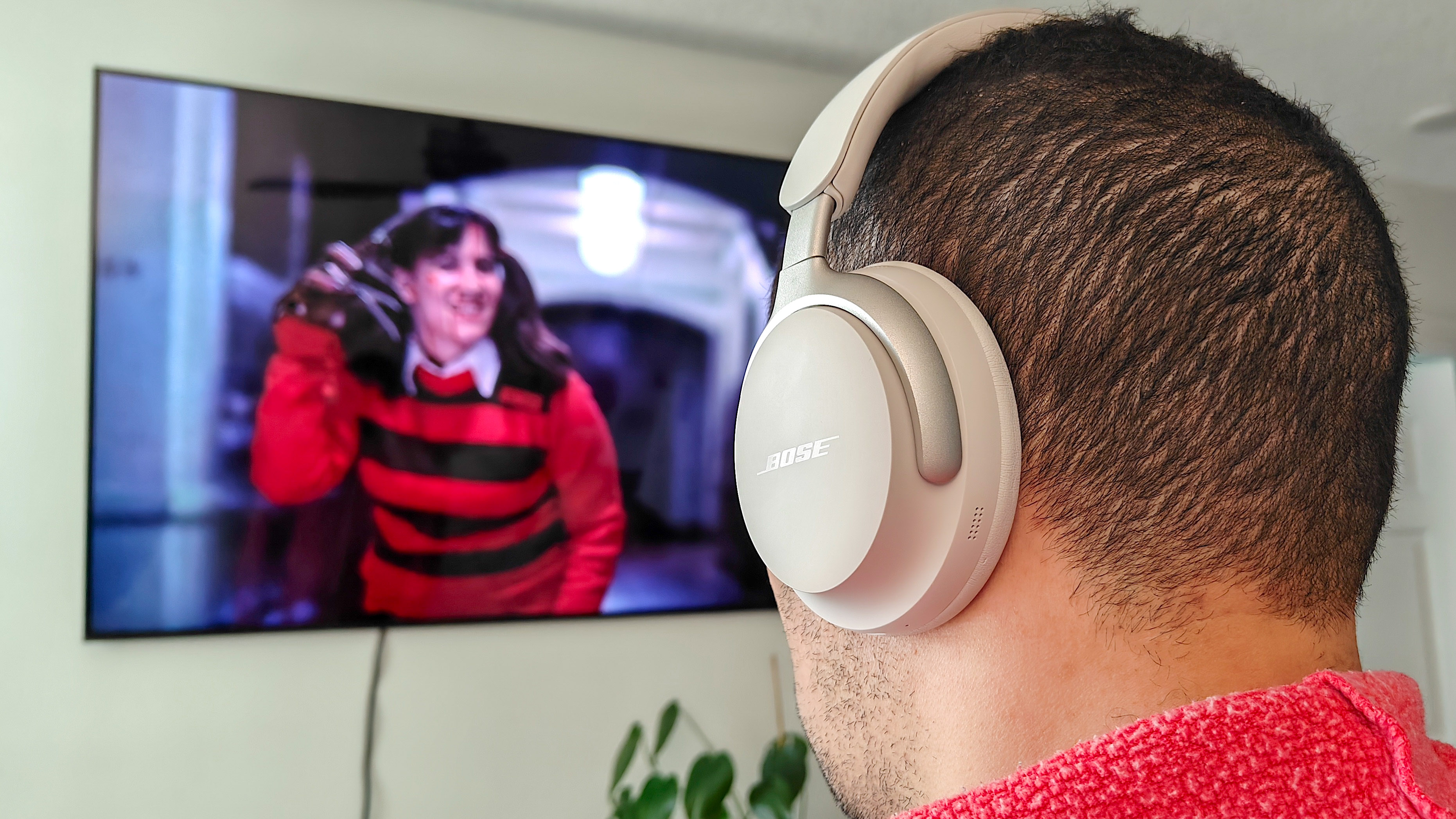
If the nurse station scene in The Exorcist III gave you night terrors upon first watch, then experiencing it in 360-degree sound might keep you awake until the morning. The scene is filmed perfectly, highlighted by a one-shot frame focused on an extended hospital corridor that sets up a fake-out scare followed by the real thing. To say I was incredibly startled once the close-in visual and loud music sting hit simultaneously would be an understatement.
Insidious’ most infamous scene was also as unpredictably “jump-scary” as it was 13 years ago. The red-faced demon popping up in the middle of a conversation remains surprisingly effective, even if you still see it coming. Moreso, it’s the crackling noises before they appear, along with the projection of their yell, which is amplified through spatial audio, that results in a more hair-raising view.
My go-to spatial audio headphones and earbuds
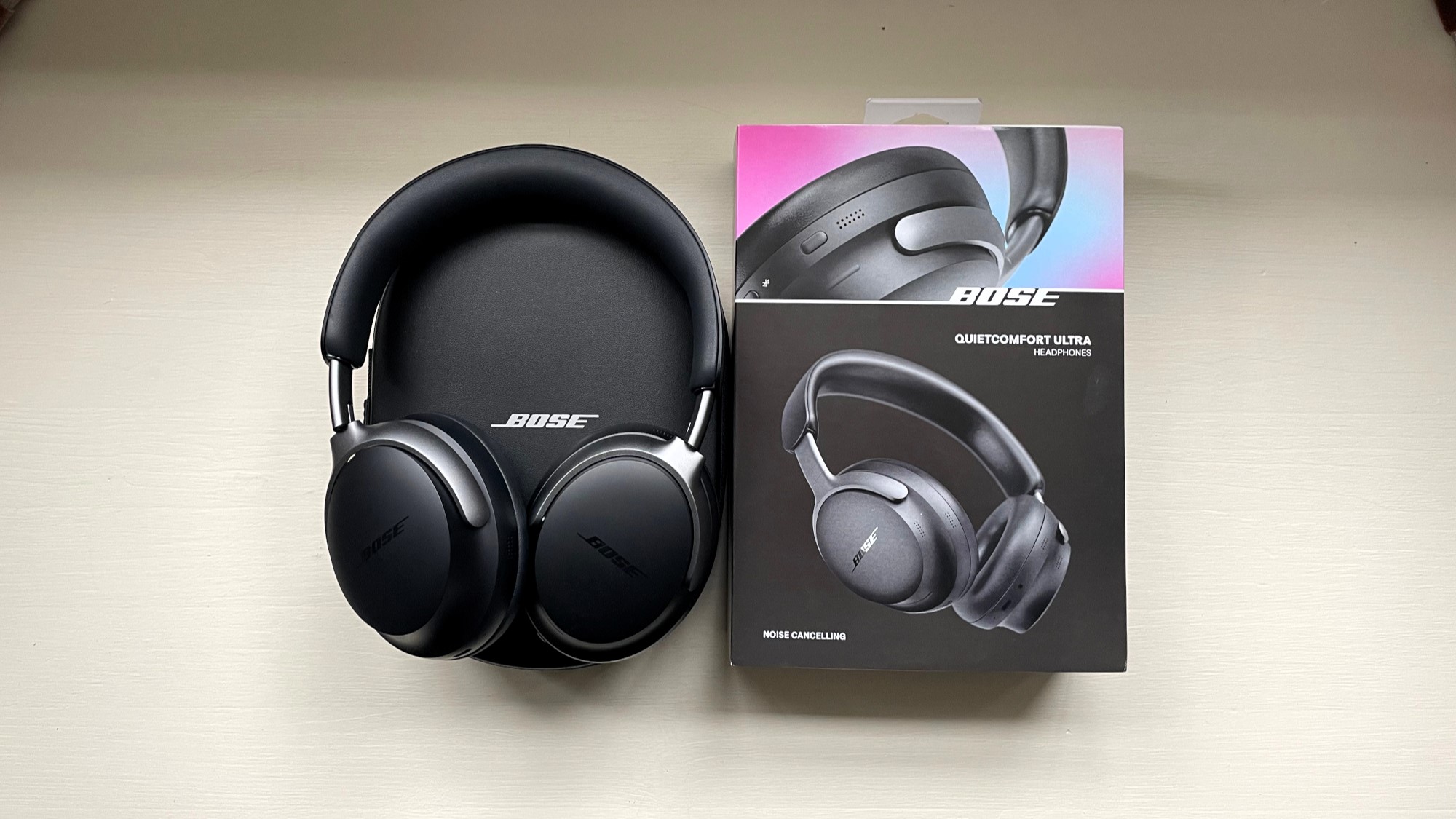
Previously, the excellent Yamaha YH-L700A filled my spatial audio needs for all media content, delivering impressive 3D audio with video content modes (Background Music, Drama, Music Video) that complemented intended media.
The Bose QuietComfort Ultra Headphones have since become my favorite for many reasons. Like the Yamaha, Bose’s spatial audio technology is compatible with all stereo content. Processing is done directly on the headphones, so there’s no reliance on extra hardware, nor surround-sound technologies like Dolby Atmos or hi-fi music streaming platforms or tiers. Both 3D listening modes – Still and Motion – provide superb 360-degree sound balance. Lastly, headtracking on the QC Ultra is the most accurate that I’ve tested in the category.
When it comes to the best wireless earbuds with spatial audio, the AirPods Pro 2 remain a stable performer backed by personalized spatial audio that fine-tunes 3D audio to your hearing, along with instantaneous connectivity to jump right into flicks on Apple TV. I’m also a fan of the Jabra Elite 10 for their insanely precise headtracking and the Bose QC Ultra Earbuds since they feature the same spatial audio performance as their over-ear headphone sibling.
More from Tom's Guide
Sign up to get the BEST of Tom's Guide direct to your inbox.
Get instant access to breaking news, the hottest reviews, great deals and helpful tips.
A lifestyle journalist with an affinity for consumer products, Alex has over a decade of experience and has worked with popular publications such as Complex, Thrillist, Men’s Health, Gear Patrol, AskMen, and Hoop Magazine. He currently focuses on audio, reviewing the most coveted headphones in the market for both Tom’s Guide and Laptop Magazine.
